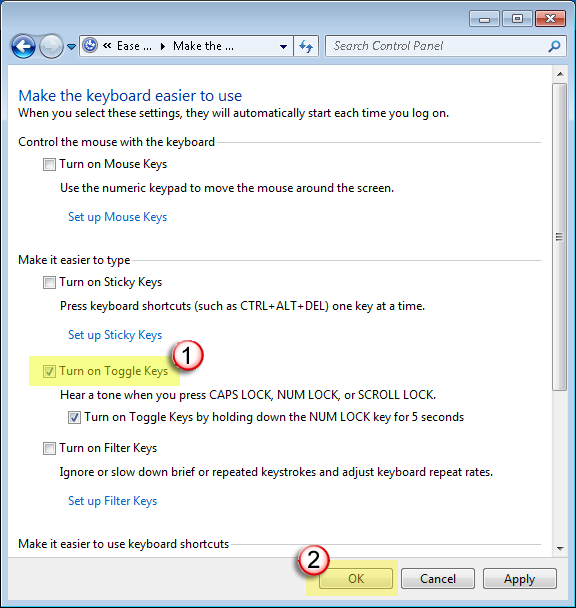

I work as a programmer, and I often find myself typing in code like the following:

This sounds like a hypothetical advantage, but it's not. If I want „Caps lock“ to be off, I can simply press SHIFT.If it happened to be enabled already, nothing changes otherwise, I can be sure it's enabled afterwards. If I want „Caps lock“ to be on, I can press CAPS as often as I like.That's because, if Caps lock is not a toggle key, it's not necessary to keep track of its current „toggle state“ in your head:

This can be advantageous for touch typists, who are used to writing long passages of text without looking at the keyboard, and especially so if they're (C/C++) programmers, who may still regularly find themselves typing in variable names of CONSTANTS_IN_UPPERCASE. There is, however, a very good reason to prefer this (old) „Typewriter Caps lock“-behavior over the new default, and it's simply this: if „Press the SHIFT key“ (instead of „Press the CAPS LOCK key“) is selected, then the behavior of „Caps lock“ changes from being a „toggle key“ to being a key that can only be used to turn „Caps lock“ on – to turn „Caps lock“ off, one has to press (either) one of the Shift keys.


 0 kommentar(er)
0 kommentar(er)
